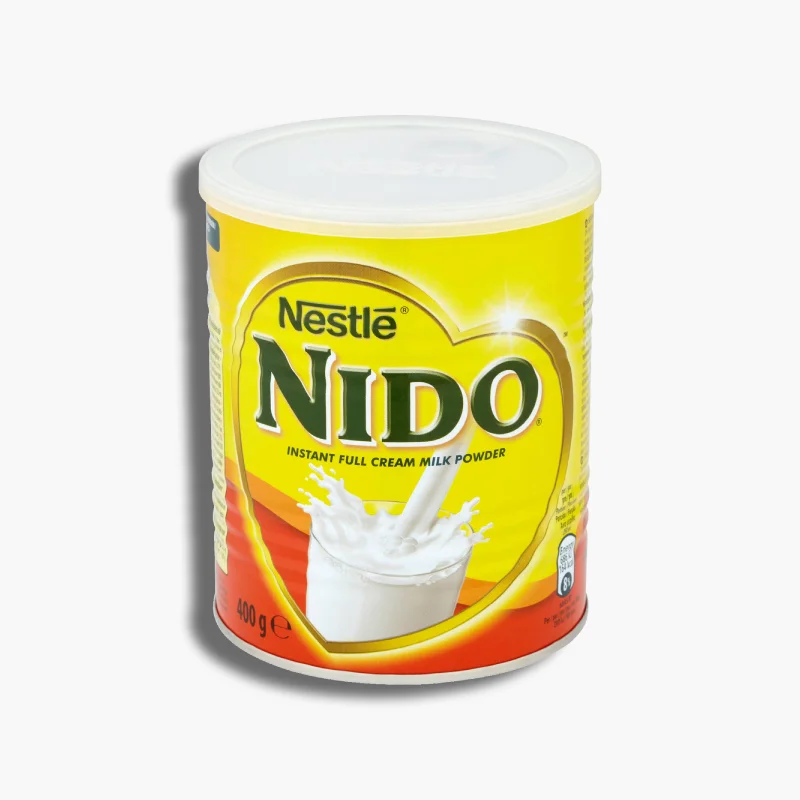The Origins and Cultural Significance of Abacha
The cultural importance of Abacha extends beyond its culinary appeal. It is often featured prominently in local festivals and ceremonies, symbolizing unity and cultural pride. For instance, during the annual New Yam Festival, Abacha is served to guests as a sign of hospitality and celebration. Its preparation is considered an art form, passed down through generations, ensuring that the traditional methods and recipes are preserved.
Across different regions and ethnic groups in Nigeria, variations in the preparation and serving of Abacha can be observed. In some areas, it is combined with ingredients like ugba (oil bean seeds), garden eggs, and a rich palm oil-based sauce, creating a diverse flavor profile that reflects the local palate. In others, it might be served with fish or meat, adding a protein element to the dish. These regional differences highlight the adaptability of Abacha and its ability to bring people together through shared culinary experiences.
As a symbol of cultural identity and heritage, Abacha continues to play a vital role in the social fabric of Nigerian communities. Its preparation and consumption are not just about sustenance but are imbued with cultural significance, representing a connection to ancestral roots and communal values. Through its enduring presence in traditional and contemporary cuisine, Abacha celebrates the rich culinary traditions of Nigeria and its people.
Nutritional Benefits and Contemporary Uses of Abacha
Abacha, a traditional Nigerian delicacy made from shredded cassava, offers significant nutritional benefits, making it a valuable addition to a balanced diet. Cassava, the primary ingredient, is a rich source of carbohydrates, providing a substantial energy boost. On a macronutrient level, cassava’s carbohydrate content aids in fueling the body, making it particularly beneficial for individuals with high energy demands.
Furthermore, Abacha contains a moderate amount of dietary fiber, which is crucial for digestive health. Fiber aids in maintaining bowel regularity and can help in managing blood sugar levels, making Abacha a thoughtful choice for those monitoring their glycemic index.
The micronutrient profile of cassava is also noteworthy. It is a good source of vitamin C, which supports immune function and skin health, and vitamin B6, which is essential for brain health and metabolism. Additionally, cassava contains potassium, which plays a significant role in maintaining proper heart and muscle function. While the process of shredding and preparing Abacha may result in some nutrient loss, the overall nutritional value remains commendable.
Beyond its traditional preparation, Abacha has found its place in contemporary culinary uses. Modern recipes have adapted this versatile ingredient to suit various dietary preferences and tastes. For instance, abacha can be integrated into salads, combined with fresh vegetables and lean proteins, to create a balanced meal. It can also be infused with spices and herbs to enhance its flavor profile, making it an exciting addition to fusion cuisine.
The rising popularity of Abacha in global food scenes highlights its adaptability and appeal. Chefs and home cooks alike are experimenting with Abacha in innovative ways, from incorporating it into gourmet dishes to using it as a gluten-free alternative in various recipes. These adaptations not only preserve the cultural heritage of Abacha but also introduce it to new audiences, ensuring its place in modern gastronomy.









Reviews
There are no reviews yet.